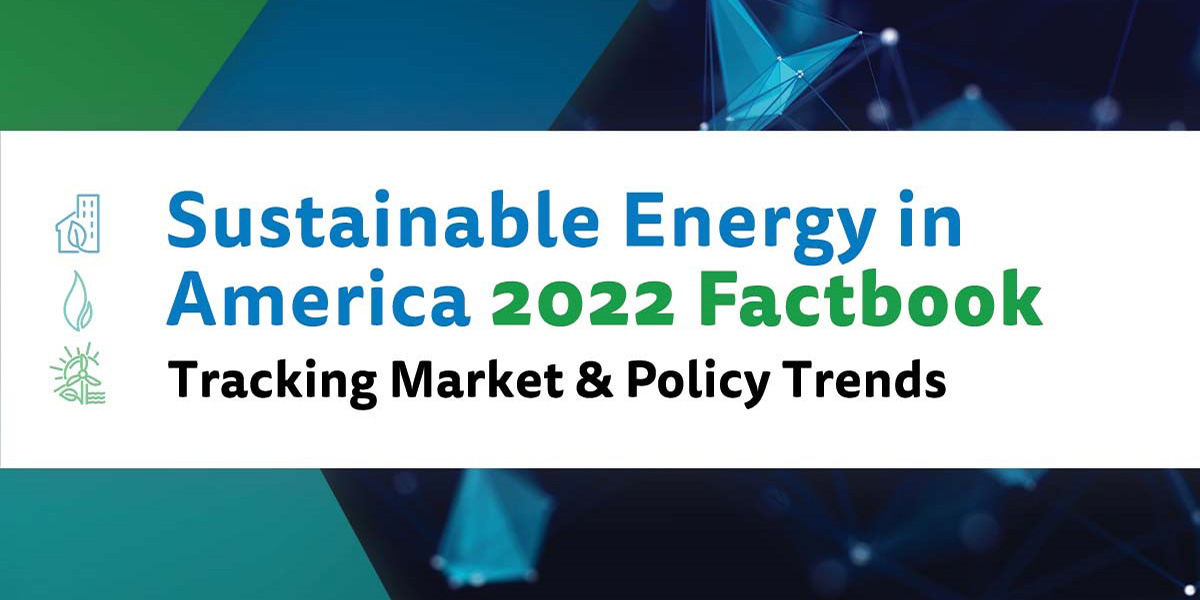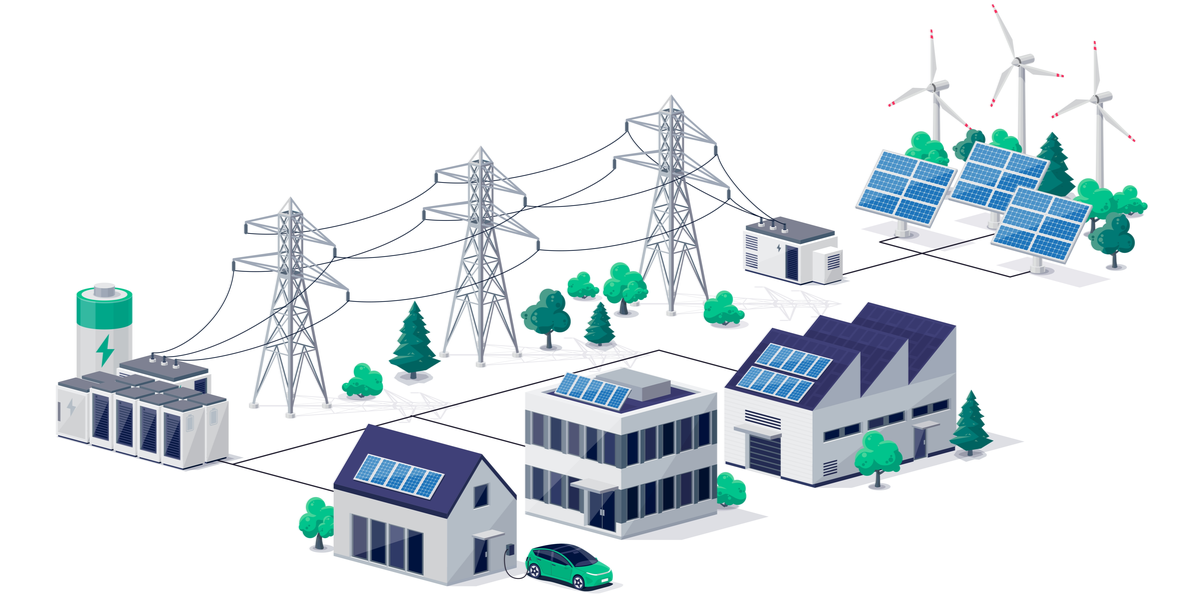Breaking Down the Bill: Taking Productivity to a New Level
Let's Save Energy
Alliance to Save Energy's Blog
Breaking Down the Bill: Taking Productivity to a New Level

This is the third installment in a blog series that identifies key energy efficiency provisions in the comprehensive energy legislation being debated in Congress. Alliance to Save Energy Director of Government Relations Daniel Bresette discussed the importance of building energy codes in the first post in the series, which was followed by a closer look at the sections that address the energy-water nexus in a second entry.
Today’s “Breaking Down the Bill” segment focuses on financing: a necessary element that drives energy productivity to new heights. A great deal of financing innovation occurs at the state and local levels because investors and borrowers need customized solutions to break new ground on energy savings. Section 4002 of the Senate version of the comprehensive energy bill would give state programs a boost by increasing access to an existing U.S. Department of Energy financing program.
U.S. DOE’s loan guarantee program has already had great success in providing financing for projects using innovative energy technology. One example is the partnership between Georgia Power Company , Oglethorpe Power Corporation, and the Municipal Electric Authority of Georgia. They are using an $8.33 billion loan to construct and operate two new nuclear reactors at a plant in Waynesboro, Georgia. The project will create just over 4,000 jobs, producing 18 million MWh a year and avoiding about 10 million tons of CO2.
Section 4002 would expand the eligible entities for DOE’s loan guarantee program to include states and “state energy financing institutions.” States and state financing institutions—which are state-level, quasi-independent entities sometimes referred to as “green banks,”—would act as new, localized resources to borrowers and investors. State-level entities are best suited to offer financing along with technical expertise and expanded networks of marketing partners, credit unions, and utilities who understand the tailored markets of their individual states.
Addressing the Challenges of Energy Efficiency Financing
Some of the most problematic barriers to energy efficiency investment include small average investment size and high transaction costs. State energy financing institutions are well positioned to help overcome these barriers through warehousing, or grouping multiple projects together to qualify for a larger investment, and securitization, which transforms a loan from an illiquid asset into a security by selling the associated cash flows to third party investors. By enhancing borrower credit, establishing performance data (i.e. positive returns on the investment portfolio) for energy efficiency investments, and improving state-level financing flexibility, the loan program would expedite market transformation. In turn, that would promote greater private-sector engagement in energy efficiency investments, leading to more of the success stories that the program has already sponsored. These mechanisms work together with loan guarantees to make energy efficiency projects more attractive to private sector investors.
Since the program was established, financing at the state level has presented significant opportunities for high-impact investments in both innovative and commercialized technology. Section 4002 proposes to take advantage of those opportunities and provide improved support for energy efficiency technologies by redesigning the existing program.
So here’s the takeaway: If the reforms of the 4002 state loan eligibility provision are passed as part of the comprehensive energy legislation, the loan program will be able to use existing resources to address one more unmet market need and lead the way on clean energy market transformation. Section 4002 could be particularly instrumental in capitalizing projects for new green banks since successful institutions like the Connecticut Green Bank have garnered legislative support for establishing banks in other states. That’s good news for the American taxpayers who want to see their dollars stretched through programs that leverage public money to increase private sector investments in energy efficiency and clean energy technology.
STAY EMPOWERED
Help the Alliance advocate for policies to use energy more efficiently – supporting job creation, reduced emissions, and lower costs. Contact your member of Congress.
Energy efficiency is smart, nonpartisan, and practical. So are we. Our strength comes from an unparalleled group of Alliance Associates working collaboratively under the Alliance umbrella to pave the way for energy efficiency gains.
The power of efficiency is in your hands. Supporting the Alliance means supporting a vision for using energy more productively to achieve economic growth, a cleaner environment, and greater energy security, affordability, and reliability.



